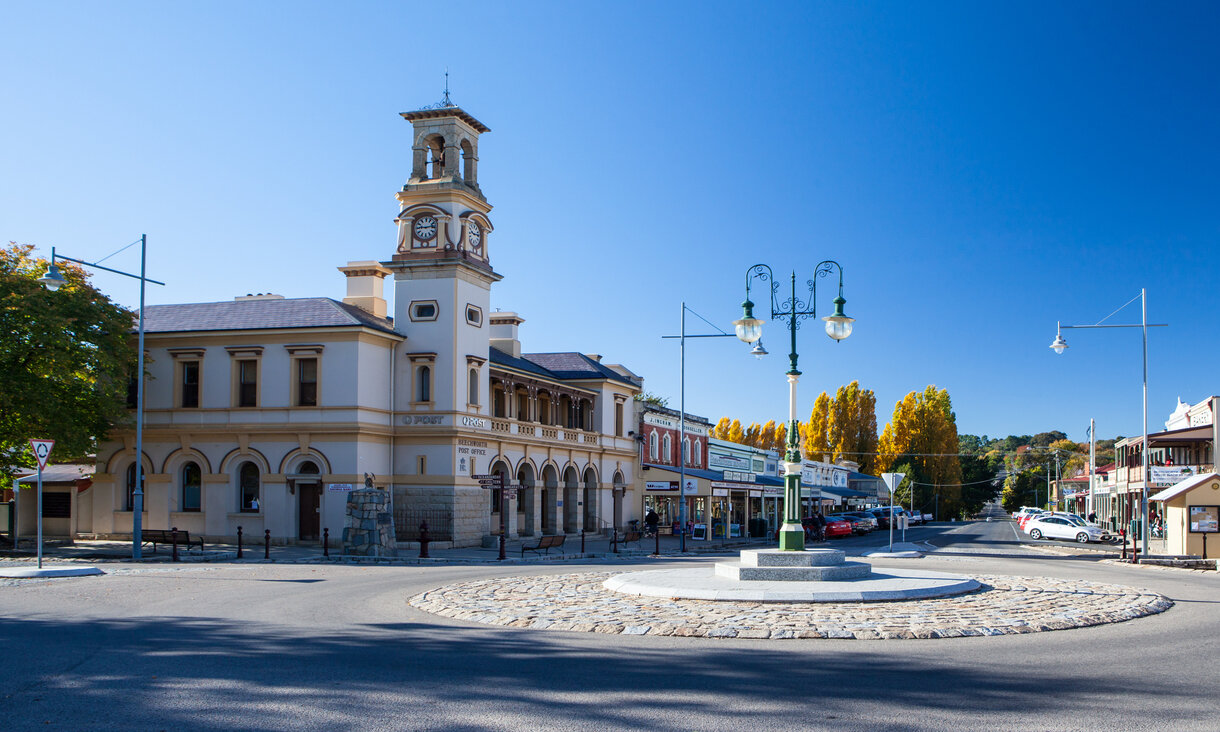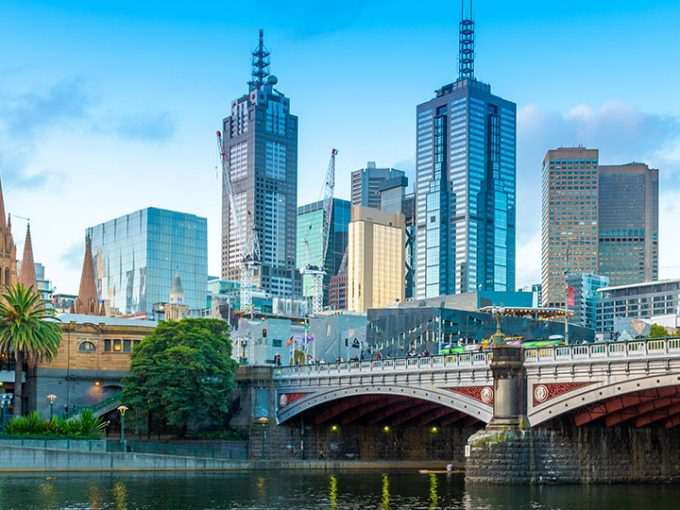As Victoria turns the corner, economic, social housing and urban planning experts point to three key shifts in the upcoming Victorian Budget.
The economy and gender equality
With the Victorian budget set to be unveiled on Tuesday, policies to support women return to the workforce will be critical, according to Economics Lecturer Dr Leonora Risse.
Women’s workforce participation rate in greater Melbourne has “plummeted from a pre-pandemic rate of 63% to 58% in September,” Risse says.
“Expanding the availability and affordability of care services, mental health services and support for reskilling opportunities … are all ingredients that will boost women’s employment opportunities, she says, adding “guidance for employers to create more inclusive work practices,” is also key.
With Victoria set for a big spending budget, now is not the time to worry about the size of budget deficit, Risse advises.
“A direct injection of government spending on projects with societal benefit and on sectors hit hardest by the lockdowns, will be far more effective in the long-run,” she says.

Social housing and homeless services
Professor in Sustainability and Urban Planning, Libby Porter points to the spending shift to support social housing.
While welcoming the recent $5.3 billion funding in community housing, she says there’s room for improvement.
“Victoria spends less per capita than most other states in Australia on public housing. Yet more than 100,000 people are languishing on the housing waiting list, and this grows every day,” she warns.
“This budget needs to create a sustainable and equitable future for all Victorians, focused on areas of priority social needs, particularly those exacerbated by the COVID-19 pandemic.
The Centre for Urban Research’s, Dr David Kelly agrees the package doesn’t go far enough, saying it fails to help those experiencing chronic homelessness.
“This budget supports the Community Housing industry, a private not-for-profit housing provider that prefers to allocate long-term housing options to employed households with no history of chronic homelessness,” he says.
“Homeless people who attain secure tenure are more likely to be housed in Public Housing, of which there is none scheduled to be built in this budget.”
The end of the government’s COVID response will leave 500 households homeless once the support ends in April next year.
While around “1700 homeless households … will be accommodated in private rental … for up to 18 months, … about 500 households not selected for tenancy … will be left to re-enter the Victorian homeless service system,” Kelly says.
Social housing tenants
Building new social housing is a welcome shift in priorities, says Postdoctoral research fellow in the joint RMIT Unison Housing Research Lab, Dr Sarah Taylor.
The Lab interviewed 170 Victorian social housing tenants at the start of their tenancies, and found despite high demand for housing and long waiting lists, many tenants didn’t stay long.
“Around half of social housing tenancies end within two years due to factors such as building location and type, tenant age, tenant support needs, and neighbours.
She says these are important benchmarks for social housing providers.
“We need to incorporate an understanding of who social housing tenants are and what has and hasn’t worked in the past,” she says, adding today’s decisions “will have an impact long after the big announcements fade.”

Transport, planning and infrastructure
“This state budget offers a real chance to reset the agenda Associate Professor in Sustainability and Urban Planning Andrew Butt says.
He points to a rebalance in the state’s population.
“Recent trends suggest more people want to live in regional communities, and there’s a forecast slowdown in population growth, particularly in Melbourne,” he says.
“This suggests it is time to invest in revitalising smaller communities, rather than just playing catch-up on Melbourne’s rapid growth over the past decade.”
In Melbourne, “projects like the Suburban Rail Loop and a firm commitment to social housing investment are great,” he adds “but they need to occur alongside projects that revitalise local neighbourhoods, offer services where people live and create jobs-rich localities beyond the CBD.”
Story: Diana Robertson





